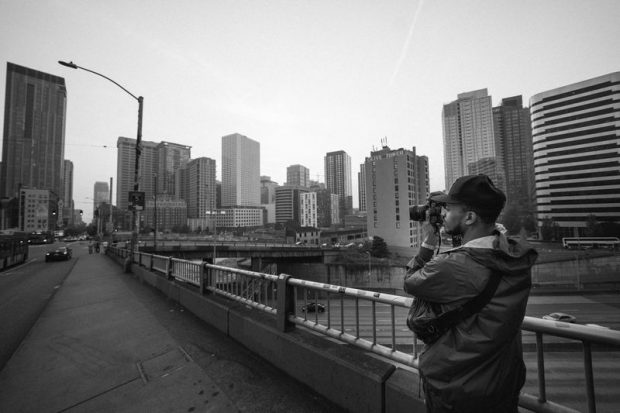Framing Streets Things To Know Before You Buy
Table of ContentsFraming Streets Things To Know Before You BuyThe Facts About Framing Streets RevealedThe Greatest Guide To Framing StreetsFraming Streets for Beginners

Both at the Museum of Modern Art (Mo, MA). Inspired by Frank, in the 1960s Garry Winogrand, Lee Friedlander and Joel Meyerowitz started photographing on the streets of New york city. Phil Coomes, writing for BBC News in 2013, claimed "For those people interested in road photography there are a few names that attract attention and among those is Garry Winogrand"; movie critic Sean O'Hagan, composing in in 2014, claimed "In the 1960s and 70s, he specified street digital photography as a mindset along with a style and it has laboured in his shadow ever before since, so conclusive are his photographs of New York." Going back to the UK in 1965 from the US where he had actually met Winogrand and embraced road photography, Tony Ray-Jones transformed a wry eye on typically surreal groups of British people on their vacations or taking part in celebrations.
Street photography is a substantial style that can be specified in many ways, yet it is often characterized by the spontaneous recording of an unrepeatable, short lived minute, often of the day-to-day going-ons of strangers. It is typically shot with larger angle lenses (e. g. 35mm) and normally features urban settings.
Framing Streets - An Overview
Documentary photographers typically have a specified, deliberate message and an objective to tape certain occasions in background (https://www.gaiaonline.com/profiles/framingstreets1/46535055/). The gamut of the docudrama strategy encompasses facets of journalism, art, education, sociology and background. In social investigation, documentary images are typically meant to prompt, or to highlight the need for, social adjustment
Street digital photography is typically seen as unposed and honest, yet there are a couple of street professional photographers that interact with strangers on the streets and take their pictures. Road pictures are unplanned pictures taken of strangers while out doing street digital photography, nonetheless they are seen as posed because there is interaction with the subject.
e. 'honest photography' necessarily) for great art purposes has been debatable. Photographing people and places in public is lawful in the majority of nations protecting freedom of speech and journalistic flexibility. There are usually restrictions on exactly how photos of individuals may be used and most nations have specific regulations relating to people's personal privacy.
Framing Streets Fundamentals Explained
While the common-law districts adhere to the United Kingdom, with respect to the flexibility to take images in a public area, Quebec law offers that, in the majority of circumstances, their publication can take place just with the authorization of the subjects therein. The European Union's Human Legal right Act 1998, which all EU countries need to promote this post in their domestic legislation, establishes in a right to privacy. Of liberty of expression. While also limiting photography in order to safeguard personal privacy rights, street photography can still be legal in France when pursued as an art kind under certain conditions.

. who just strayed right into a scene), or who are not even recognizable in the image. https://www.gaiaonline.com/profiles/framingstreets1/46535055/. It additionally does not usually reach people who are public numbers (e. g - Street photography. political leaders or celebs). If a picture is taken into consideration art, the courts will certainly likewise take into consideration the professional photographer's freedom of imaginative expression; indicating that "artistic" street digital photography can still be lawfully released in specific cases
Some Known Facts About Framing Streets.
In Greece the right to take pictures and release them or sell licensing legal rights over them as art or editorial material is protected by the Constitution of Greece (Short article 14 and other articles) and free speech laws in addition to by situation legislation and lawful situations. Photographing the authorities and publishing the photos is additionally legal.
In Hungary, from 15 March 2014 any person taking photographs is practically damaging the legislation if someone wanders into shot, under a new civil code that bans taking photos without the consent of everybody in the picture - Best Zoom Lens. This expands the legislation on authorization to include the taking of photographs, along with their magazine
'Covert photography' (kakushidori concealed, surreptitious photography) 'taken digital photography' (nusumitori without objective of getting authorization) and "quick digital photography' (hayayori before approval and rejection can be offered) are forbidden unless in the former permission is obtained from the subject promptly after taking the image. People have civil liberties to their pictures (shzken, droit de image).